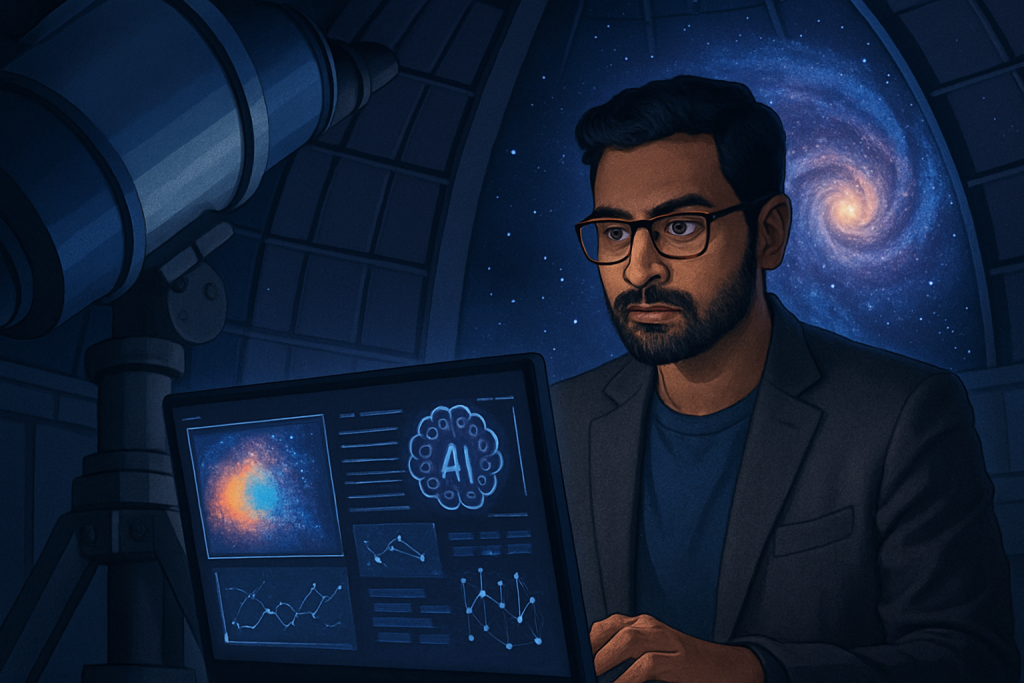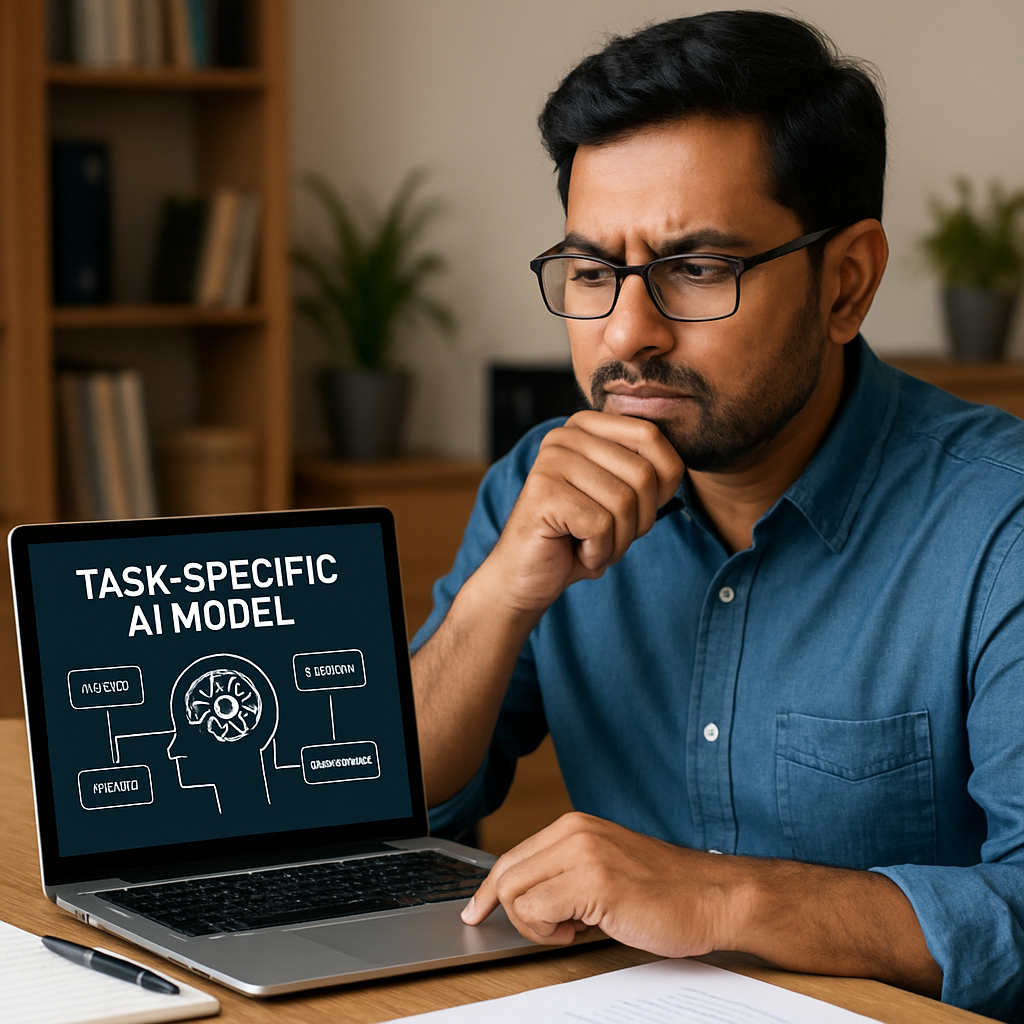Artificial intelligence has achieved a breakthrough in astronomy that could transform how businesses approach data detection and analysis. Scientists recorded the first known case of a massive star exploding while interacting with a black hole, using AI systems that detected the rare event within hours.
The star, named SN 2023zkd, was discovered in July 2023 by the Zwicky Transient Facility in California. Located 730 million light-years away, the detection was made possible by AI designed to instantly identify unusual cosmic phenomena. This early warning allowed telescopes worldwide to capture the event immediately.
Ashley Villar, an associate professor of astronomy at Harvard University and co-author of the study, stated:
“2023zkd shows some of the clearest signs we’ve seen of a massive star interacting with a companion before explosion. We think this might be part of a whole class of hidden explosions that AI will help us discover.”
Initially, the star appeared to be a typical supernova. However, astronomers observed it brightened again months later. Historical data revealed the system’s brightness had been steadily increasing for nearly four years before the explosion. Such extended pre-explosion phases are uncommon and indicate considerable gravitational stress.
Experts believe the star was caught in orbit with a black hole. Evidence from light curves and spectra shows the star experienced two significant eruptions before its end, releasing large amounts of gas. The first brightness peak came from the blast wave, while a second peak resulted from collision with dense gas clouds.
Alexander Gagliano, lead author of the study and researcher at the Institute for Artificial Intelligence and Fundamental Interactions, emphasized the discovery’s significance:
“SN 2023zkd is the strongest evidence to date that such close interactions can detonate a star. We’ve known for some time that most massive stars are in binaries, but catching one in the act of exchanging mass shortly before it explodes is incredibly rare.”
Strategic Advantage
This discovery demonstrates how AI can identify rare events in real-time for detailed analysis. The technology’s ability to process massive datasets and flag anomalies has clear business applications beyond astronomy.
Ryan Foley, associate professor at UC Santa Cruz who runs the Young Supernova Experiment, noted:
“Humans are reasonably good at finding things that ‘aren’t like the others,’ but the algorithm can flag things earlier than a human may notice. This is critical for these time-sensitive observations.”
The research team used AI integrated into software platforms that consolidate data and manage observations. According to Foley, “You can easily imagine similar techniques being used to screen for diseases, focus attention for terrorist attacks, treat mental health issues early, and detect financial fraud.”
What Business Leaders Should Know
Future observatories like the Vera C. Rubin Observatory will survey the entire southern sky every few nights from Chile. When paired with real-time AI detection, these facilities will process unprecedented data volumes.
Adam Miller, assistant professor at Northwestern University, explained the scale:
“Right now, if you add up all existing telescopes in the world, they catch about 40,000 new supernovae every year. The Rubin Observatory will discover 2,000 new explosions every night.”
The Rubin Observatory will generate 20 terabytes of data nightly, requiring AI tools to process information that no human team could analyze manually. Northwestern researchers are developing AI systems trained on diverse data including stock market variations and weather patterns.
Gagliano highlighted the transformation: “We’re now entering an era where we can automatically detect these rare events as they occur, not just afterwards. That means we can finally start linking the way stars live with how they die, and that’s incredibly exciting.”
The research was published in the Astrophysical Journal on August 13. For businesses involved in data analytics, pattern recognition, or real-time monitoring systems, these astronomical AI applications offer proven frameworks for detecting anomalies and processing large-scale information streams.


